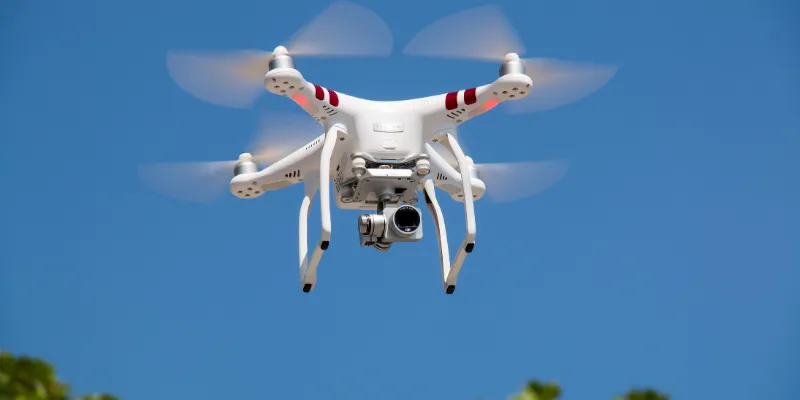

Aviation has long been defined by traditional aircraft, but drones are rewriting the story. Once seen as simple flying gadgets, they now represent a breakthrough in aeronautical engineering—blending innovation, efficiency, and versatility.
Drones are transforming skies, reshaping research, and opening possibilities far beyond conventional aviation.
Aeronautical engineering is evolving faster than ever, and drones are at the heart of this transformation. What was once limited to large, manned aircraft has now expanded to compact, automated machines that can fly smarter, faster, and safer. This isn’t just an upgrade — it’s a new chapter in aviation.
Miniaturization: Big Innovation in Small Packages
One of the biggest breakthroughs in drone technology is miniaturization.
Engineers now integrate advanced sensors, cameras, and navigation tools into lightweight designs, enabling drones to survey, inspect, or deliver medical supplies efficiently. Their compact size offers greater flexibility, making them perfect for industries like construction, agriculture, and disaster management — without the cost or bulk of traditional aircraft.
Automation and AI-Driven Flight Systems
Modern drones are more than remote-controlled tools. With automation and AI, they detect obstacles, map routes, adapt to weather, and land precisely. These smart systems boost efficiency and ensure safety, making drones reliable for critical operations where human control is limited or less effective.
From Manned to Unmanned Innovation
Aviation is rapidly shifting to unmanned systems, with drones leading the way. While manned aircraft remain vital, drones offer cost-efficient, flexible solutions for tasks like aerial surveillance, rescue missions, precision farming, and environmental monitoring — proving the future of aeronautics is unmanned, smart, and highly efficient.
Why This Matters
Drones are more than a tech leap — they’re changing how we see flight. By simplifying tasks and cutting risks and costs, they’re reshaping industries and opening new opportunities.
For engineers, tech lovers, or the curious, following drone tech means staying ahead in aeronautical engineering’s future.
Aeronautical engineering is not just about designing airplanes — it’s about making them safer, faster, and more efficient. Every innovation in this field comes from a mix of testing, data analysis, and practical problem-solving.
Testing and data collection for aircraft design
Before an aircraft ever takes its first flight, it goes through rigorous testing. Engineers gather data through:
Each test provides valuable data that helps refine the design, ensuring better performance and safety.
Pioneering advancements in aerodynamics and materials
Aeronautical engineers are at the heart of technological innovation. Over the years, they have introduced:
These advancements don’t just make air travel smoother—they also help airlines save fuel, cut costs, and reduce environmental impact.
Enhancing safety and efficiency in real-world applications
Safety is always the top priority in aeronautical engineering. Engineers use their expertise to:
Efficiency is equally important. From reducing fuel consumption to developing hybrid and electric aircraft, engineers are paving the way for greener and more sustainable aviation.
The world of aviation is changing faster than ever. From drone swarms that move like a single unit to next-gen air traffic systems that promise safer, faster skies, the future of flight is full of excitement.
Drone swarms and next-gen air traffic systems
Imagine hundreds of drones flying together in perfect sync — like a flock of birds, but guided by technology. These drone swarms are being developed for tasks such as:
The beauty of drone swarms lies in their ability to communicate with each other in real-time, making decisions faster than humans ever could.
Inspiration for Future Aircraft
The future of aviation is driven by creativity and innovation. Designers are looking to nature, technology, and sustainability for inspiration. Think about:
These innovations aren’t just concepts. Many prototypes are already in testing stages, bringing us closer to a new era of flying.
Drones are both disruptors and accelerators in aeronautical engineering, reshaping how we design, test, and innovate. They open doors to faster research, smarter systems, and safer skies.
The future promises engineering beyond limits, where creativity and technology merge to make the sky not just a space but a limitless opportunity.